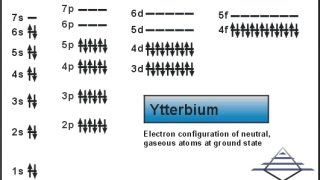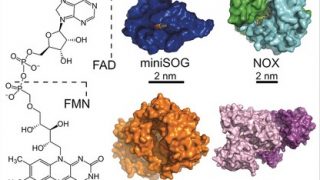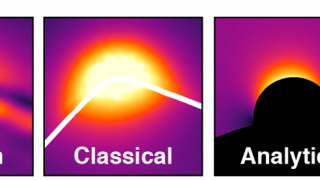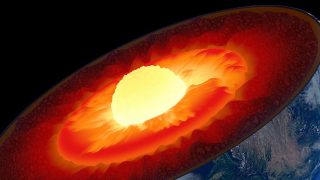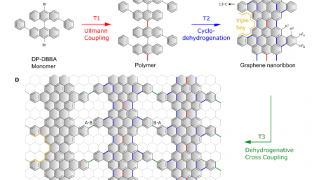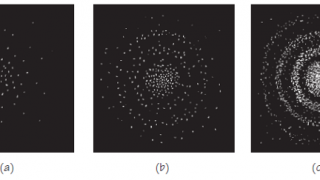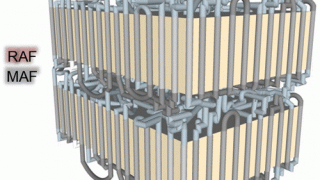
The forgotten fraction in semicrystalline semiconducting polymers
A class of materials of utmost fundamental and applied interest is that of semicrystalline polymers. Actually, all solid synthetic polymers are, in general, partly crystalline and partly amorphous. The degree of crystallinity depends on the polymer structure and on how the solid is prepared. Rapid cooling of the molten polymer favors formation of an amorphous […]
